
Kalwaria Zebrzydowska
Elaboration author
Emilia Karpacz
Monuments
Parishes
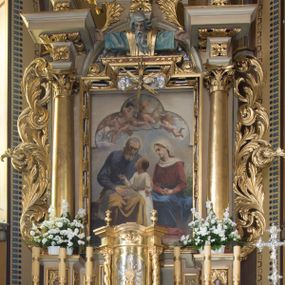
High altar
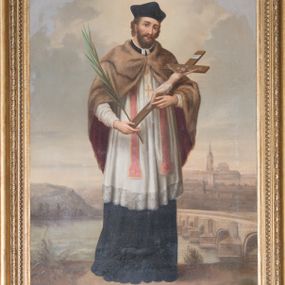
St. John of Nepomuk
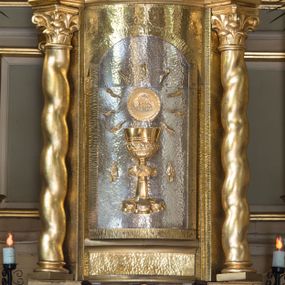
Tabernacle
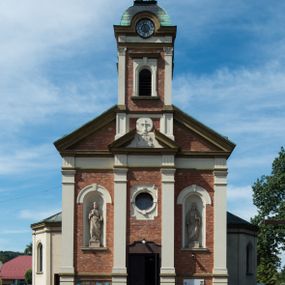
The church of St. Joseph
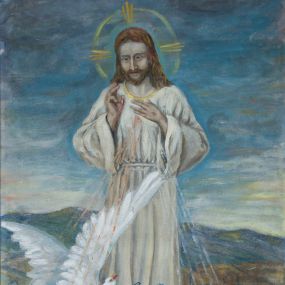
Jesus I trust in you
History abstract
In 1602, the voivode of Cracow and the starost of Lanckorona, Mikołaj Zebrzydowski, funded the Sanctuary of the Passion on Mount Żarek. In 1617, he founded Zebrzydów town nearby, whose purpose was to provide a shelter for pilgrims. After Mikołaj's death in 1623, his son Jan became the owner of Zebrzydów and carried out another foundation of a town (1631), further specifying the rights and duties of the townsmen of Zebrzydów. The third foundation of the town, this time based on Magdeburg law, took place in 1640. A new spatial layout and type of development were then delineated, a ban on the settlement of religious dissenters was introduced, the town was given a coat of arms and a modified name – Nowy Zebrzydów (New Zebrzydów). The Zebrzydowski estates and the Bernardine Monastery were plundered during the Swedish Deluge. The town recovered from that crisis. In 1667, Michał – the last heir of the Zebrzydowski family, died. Nowy Zebrzydów and the rest of the estates were inherited by Jan Karol Czartoryski – the husband of Michał's daughter, Anna. In 1715, a tragic fire broke out in the town. Many wooden buildings were burnt down. Another foundation, by Józef Czartoryski, was necessary. New buildings developed along present 3 Maja Street, at the exit of which a quadrilateral market was delineated. The Czartoryski Palace was built in 1729-1731, on the site of which there is now a seminary. After the First Partition of Poland, the village became a part of Habsburg Austria. At that time, craft, especially carpentry, developed on a large scale in Nowy Zebrzydów. In 1835, the former governor – Jan Kanty Brandys – bought out part of the Czartoryski estates from their heirs. Nowy Zebrzydów and Brody were owned by the Brandys family. The new owner lifted the ban on the settlement of religious dissenters. The town was inhabited by many Jewish merchants, who willingly invested in carpentry, becoming intermediaries between craftsmen and buyers of their products. The name Kalwaria Zebrzydowska was used in official documents from around 1890. In 1896, the National School of Carpentry was established in Kalwaria. In the same year, the town lost its municipal rights. In 1914, the first trade fair and furniture exhibition were held in Kalwaria. The furniture industry also developed in the interwar period, despite conflicts between craftsmen and entrepreneurs, and despite a great crisis, which resulted in the collapse of the largest plants in the city - Szczepan Łojek. In 1934, the town regained its municipal rights. During World War II, Kalwaria Zebrzydowska was an important conspiracy centre. During the Polish People's Republic (PRL), the furniture industry in Kalwaria developed in the new environment of the centrally planned economy. A carpentry collective was established. The trade fair continued to be held. In 1999, the foundation of Calvary (Kalwaria) with a basilica, monastery and paths was inscribed on the UNESCO World Heritage List.
How to cite?
Emilia Karpacz, "Kalwaria Zebrzydowska", [in:] "The Sacred Lesser Poland Heritage", 2026, source: https://sdm.upjp2.edu.pl/en/places/kalwaria-zebrzydowska-1